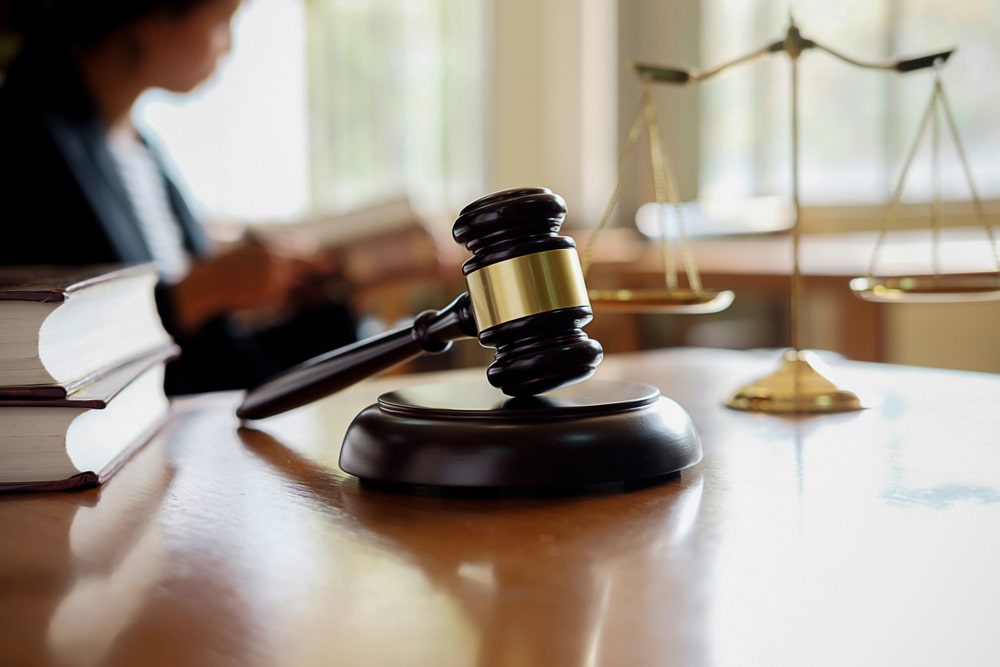To resolve legal disputes, litigation may be necessary, which is a structured process with specific stages that must be followed. Understanding each step can help demystify the process and provide a clearer picture of what to expect. In this post, our friends at the litigation law firm of Brown Kiely LLP will walk through the typical stages of litigation from start to finish, giving you an overview of how cases move through the legal system.
Initial Case Assessment And Consultation
The litigation process begins with an initial case assessment and consultation. This is when you meet with a lawyer to discuss your case. During this meeting, the lawyer will gather information about the facts and circumstances of your situation. They will evaluate the merits of your case, identify potential legal issues, and discuss possible strategies for moving forward.
Pleadings
After the initial consultation, the next step involves the preparation and filing of pleadings. Pleadings are formal documents submitted to the court. The plaintiff initiates the process by filing a complaint, which outlines the claims against the defendant. The defendant then responds with an answer, addressing the allegations and possibly asserting counterclaims. This exchange of pleadings sets the stage for the legal battle to come.
Discovery
Discovery is a critical phase where both parties exchange information relevant to the case. This stage allows each side to gather evidence, interview witnesses, and obtain documents that may be used in court. Discovery methods include written interrogatories, depositions, requests for production of documents, and requests for admissions. The goal is to uncover facts and build a strong case based on solid evidence.
Pre-Trial Motions
Once discovery is complete, the parties may file pre-trial motions. These motions can address various issues, such as requesting the court to dismiss certain claims, exclude specific evidence, or resolve the case without a trial through summary judgment. Pre-trial motions help streamline the issues for trial and can sometimes lead to a settlement or resolution without the need for a full trial.
Settlement Negotiations
Throughout the litigation process, it’s often for settlement negotiations to occur. Both parties may attempt to reach an agreement to resolve the dispute without going to trial. Settlement discussions can be facilitated by the lawyers, or through alternative dispute resolution methods like mediation. Reaching a settlement can save time, money, and the uncertainty of a trial outcome.
Trial Preparation
If a settlement is not reached, the case proceeds to trial. Trial preparation involves organizing evidence, preparing witness testimony, and developing a trial strategy. The lawyers will also file trial briefs, which outline their arguments and the legal basis for their claims. This preparation is crucial for presenting a compelling case in court.
Trial
During the trial, both parties present their cases before a judge or jury. The plaintiff goes first, presenting evidence and calling witnesses to support their claims. The defendant then has the opportunity to present their case, refute the plaintiff’s evidence, and call their own witnesses. After both sides have presented their cases, closing arguments are made, and the judge or jury deliberates to reach a verdict.
Post-Trial Motions And Appeals
After the trial, either party may file post-trial motions. These motions can request a new trial, alter the judgment, or address any legal errors that may have occurred. If one party is dissatisfied with the outcome, they may file an appeal to a higher court. The appellate court will review the case for legal errors and may uphold, reverse, or modify the lower court’s decision.
Enforcement Of Judgment
If the court renders a judgment in favor of one party, the next step is enforcement. This may involve collecting monetary damages, obtaining injunctive relief, or other actions to ensure compliance with the court’s decision. Enforcement can sometimes require additional legal proceedings if the losing party does not voluntarily comply with the judgment.
Wrapping Up The Litigation Process
The litigation process can be complex and demanding, but understanding the key stages can help you face it with greater confidence. From the initial case assessment to the enforcement of judgment, each step is designed to ensure a fair and just resolution of legal disputes. Attorneys understnad the importance of meticulous preparation and strategic thinking at every stage. To ensure that informed decisions are made along the way, it’s important to have a clear roadmap of the litigation process to provide valuable insights, regardless of whether you are a plaintiff or defendant.


